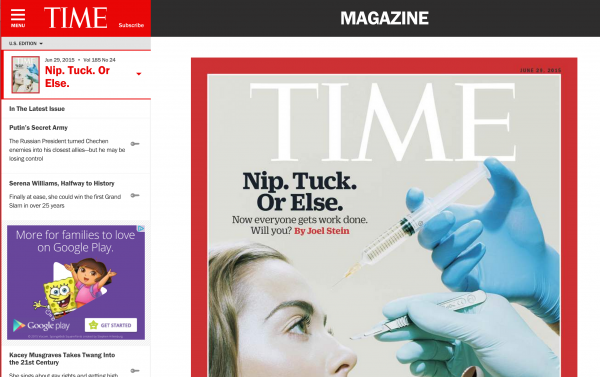There are two new advertising revenue models in town – and you probably didn’t even know they existed

Since magazine, newspaper, and newsletter publishers turned to the web, there have been a series of advertising revenue models deemed fit to secure the futures of those publishers. The good ol’ CPM (cost per thousand impressions) model fits the mental model of advertisers who were most familiar with print ads. It wasn’t hard to substitute the idea of trading dollars for impressions, because that’s more or less what they’d always done.
CPC (cost per click) was another big area of revenue for publishers in the beginning. Beyond the CPM ad slots being fulfilled by advertisers, Google was happy to fill in any empty ad slots with the advertisers they felt fit the content on your site. Relevant ads through CPC seemed like a dream, and this is a revenue source publishers like About.com pad their wallets with even today.
However, for smaller niche publishers who aren’t attracting tens of millions of visitors, there needed to be alternatives. And thus innovation was born.
[text_ad]
During the past few years, we’ve witnessed several publishers create success with two new advertising revenue models: SEA and web magazine native ads.
SEA (Scarcity, Exclusivity, Alignment)
SEA stands for Scarcity, Exclusivity and Alignment. At Mequoda, we’ve long preached the scarcity sermon. If you can give an advertiser an entire channel of your website, it holds great appeal. For instance, you’re a home electronics website, you can sell every ad slot on your lighting articles to Lutron. Opportunities to acquire this slot are scarce, so the value is high.
We believe scarcity, whether it comes naturally in a small subscription website niche or is the product of vigorously working to create it, operates best when combined with two other advantages all publishers should offer advertisers: exclusivity and alignment.
We refer to this concept as SEA, for the first letters of the three attributes.
Scarcity: Subscription website publishers must create positions on their sites similar to the positions they’ve always been able to sell in print – back cover, inside front cover, inside back cover. For the most profitable websites, this coveted real estate might be on your magazine home page, or next to your wildly popular columnist, or your expert analysis of the market.
Exclusivity: In Mequoda land, exclusivity on subscription websites is created by selling that scarce advertising position to only one sponsor for an extended length of time – one month, six months, one year. This instantly creates competition for that position and adds value for the advertiser – and revenue for the publisher.
Alignment: Technology allows every advertiser to access positions next to highly relevant content. But it’s highest for the niche subscription website publishers we advise, because their tight focus on specific topics gives them an advantage over general interest publishers.
At Mequoda, we believe the SEA strategy is superior to traditional strategies, which suffer from the reality that advertising demand is finite but online advertising inventory is infinite.
Web Magazine Native Ads
Native advertising is content that is created to subtly promote or sell a product. It is also referred to as an advertorial. Most often, this content is sponsored by a third-party advertiser.
A web edition is a version of your magazine available in HTML. It has a table of contents that leads to content behind a firewall. There may be free articles, but most content uses a symbol, like a key, to identify premium content only available to web magazine subscribers. TIME is an example of this format.
We have several Gold Members who use quality native advertising content in their web magazine. One of the keys to their native ad success is their web magazine, because the content can be viewed on any device and read like a magazine, with an index, just like TIME.
The native ad content is placed in front of the firewall, so that unknown, logged out users can still access the native ad content. For every issue of the web magazine, you can see the index on the right hand-side of every “page” of this web edition.
Even better for their sponsors, sponsored content can be promoted in social media and in email newsletters because it’s on the web, and not contained to the box of a newsstand app.
What we love most about this web magazine native ad approach is that they’re not saying to advertisers, “Let me sell you ad space.”
What they’re saying is, “Let’s talk about your content goals and message development – and let’s work in conjunction with your experts and our experts to write 12 great articles. And let’s make a media package that drives traffic to those articles.” Ad package sold!
Your turn: How are you creatively selling advertising? Share your experience in the comments, and maybe we’ll incorporate your genius into an upcoming post!



